Music at the Extremes
Essays on Sounds Outside the Mainstream
“Of course a lot of people hate white power music.”
—Kirsten Dyck
Gross misogyny, bondage, S&M, rape, necrophilia, pedophilia—to use these as a source of entertainment naturally falls far outside the bounds of probity and propriety. Unless we consider Law and Order: Special Victims Unit, some fashion and perfume advertisements, and a large number of mystery, suspense, and procedural novels. I had to remind myself of this as I approached this book. At first I was startled—and off-put—that such grist existed for the seemingly inexhaustible mill of music production and consumption. As I read on, I had to keep an open mind, realizing that writing and performing music about such matters and/or listening to this music with the passion of a devoted enthusiast was not the same thing as actual engagement—and that for bondage and S&M, where consenting adults practice together in mutual pleasure, there really is no reason not to explore and relish such practices through music.
From a scholarly perspective—the book is a collection of critical academic essays—Extremes investigates the various genres, Power Electronics, Horrorcore, Industrial Masculinity, Death Metal, that deal in such things. Death Metal, as does Black Metal, also explores Satanism and excessive misanthropy, while Black Metal deals in suicide, paganism, Nordic folklore, and strong anti-Christian sentiments. This last resulted in some of the more hardcore musicians and fans burning Christian churches in Norway. The book’s title is apt. Besides the genres mentioned above, Extremes also deconstructs the music of white supremacists and neo-Nazis.
 After an international career in the music industry Wilson moved into academia and works currently as a senior lecturer in the Department of Performing and Screen Arts at Unitec Institute of Technology in Auckland, New Zealand, where he has been recognized as Lecturer of the Year six times so far! The contributors are from all over, Poland, France, England, with the United States solidly represented. Since the essays emanate from academia, one has to get through such phraseology as “assembling edifying collections is a socially approved process for self-formation and self-expression,” “punk culture embraced a distinct ethics of expenditure,” “a good understanding of the project is best facilitated with reference to other media texts,” and “these themes can be said to aesheticize media technologies in particular ways.” Thankfully the use of such academic-ese is minimal. The quality of the prose varies throughout the book, from the confusion of much of Allesandro Porrovecchio’s essay on Metal, through the overblown poetics of Brenda S. Gardenour Walter describing the milieu of Black Metal (although her summation of the ties between Aristotle and Christianity in the Middle Ages is quite good), to the solid proficiency of Rahima Schwenkbeck’s look at Insane Clown Posse. And there is a certain bemusement in finding three pages of notes and a four-page Bibliography accompanying a ten-page essay.
After an international career in the music industry Wilson moved into academia and works currently as a senior lecturer in the Department of Performing and Screen Arts at Unitec Institute of Technology in Auckland, New Zealand, where he has been recognized as Lecturer of the Year six times so far! The contributors are from all over, Poland, France, England, with the United States solidly represented. Since the essays emanate from academia, one has to get through such phraseology as “assembling edifying collections is a socially approved process for self-formation and self-expression,” “punk culture embraced a distinct ethics of expenditure,” “a good understanding of the project is best facilitated with reference to other media texts,” and “these themes can be said to aesheticize media technologies in particular ways.” Thankfully the use of such academic-ese is minimal. The quality of the prose varies throughout the book, from the confusion of much of Allesandro Porrovecchio’s essay on Metal, through the overblown poetics of Brenda S. Gardenour Walter describing the milieu of Black Metal (although her summation of the ties between Aristotle and Christianity in the Middle Ages is quite good), to the solid proficiency of Rahima Schwenkbeck’s look at Insane Clown Posse. And there is a certain bemusement in finding three pages of notes and a four-page Bibliography accompanying a ten-page essay.
More than one of the authors examines the relationship of the extreme genres to the more mainstream Punk and Heavy Metal, even to Blues and Jazz, a continuum rather than a dialectic; and several of them describe the sound of the music of these outlier groups: “growling howls,” an “undecipherable blur of speed,” “screams accompanied by rumbling instruments playing distorted runs” and music played in a “mixolydian mode.” The semiotics of the ephemera surrounding the groups, the album covers, tee-shirts, tattoos and stage props, is also examined.
All of this, then, becomes rather fascinating, but as already said, one has to keep an open mind. For example, the strong, nuanced essay by Thomas Fabisiak and Joseph Laycock about US punk rocker GG Allin (right) is not for the squeamish. 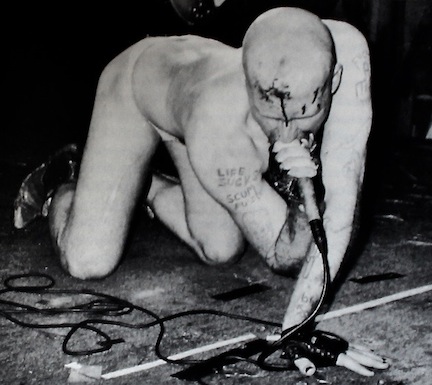 His scatological stage act might include self-mutilation or attacks on the audience—ironic, when you consider that the initials “GG” are a corruption of Jesus, as in Jesus Christ, which was his actual birth name because his father was certain that Jesus Christ himself had revealed to him that junior would be a great man in the vein of the Messiah. Instead he succumbed to a heroin overdose at 36; in extremis even in death.
His scatological stage act might include self-mutilation or attacks on the audience—ironic, when you consider that the initials “GG” are a corruption of Jesus, as in Jesus Christ, which was his actual birth name because his father was certain that Jesus Christ himself had revealed to him that junior would be a great man in the vein of the Messiah. Instead he succumbed to a heroin overdose at 36; in extremis even in death.
Copyright 2015, Bill Wolf (speedreaders.info).


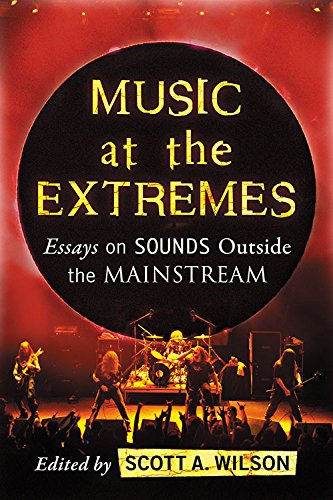
 RSS Feed - Comments
RSS Feed - Comments



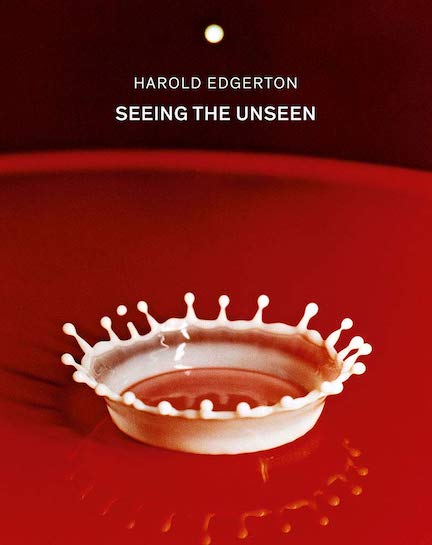

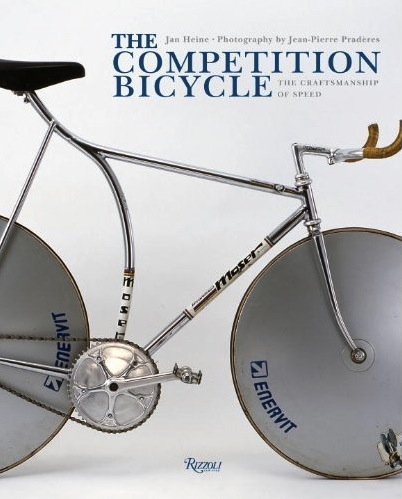
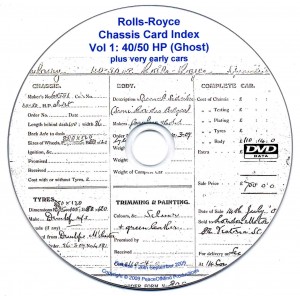

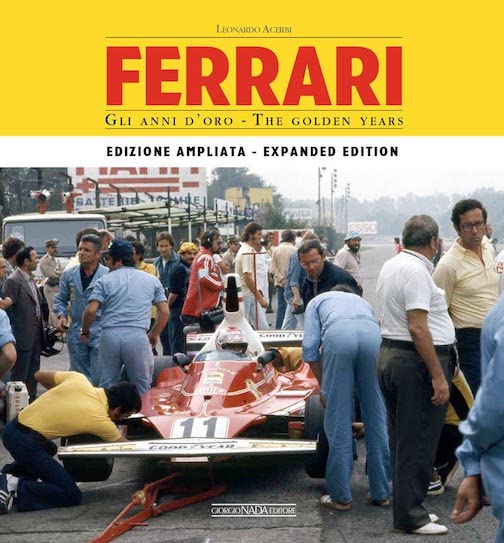
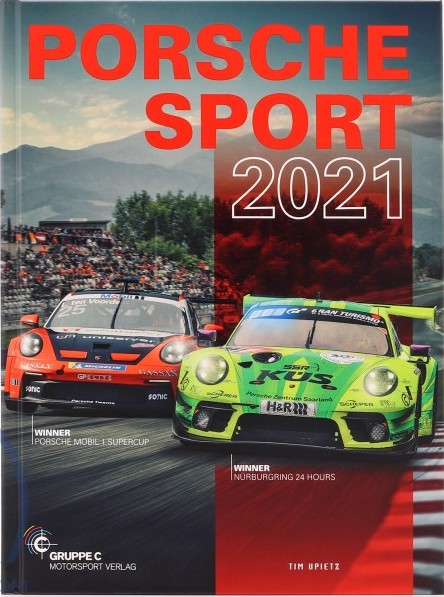





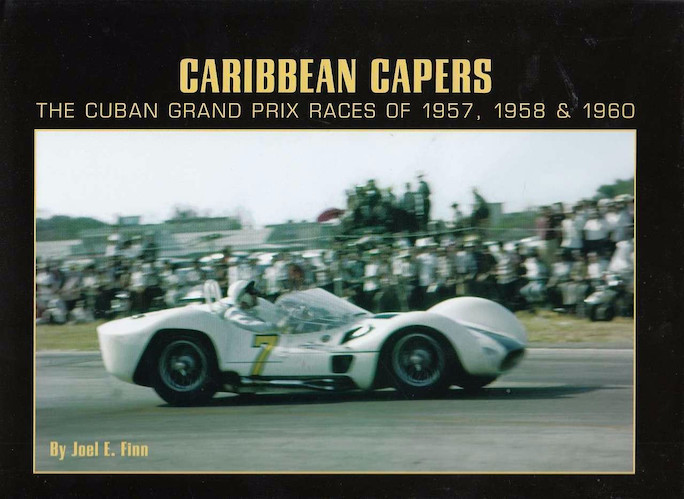



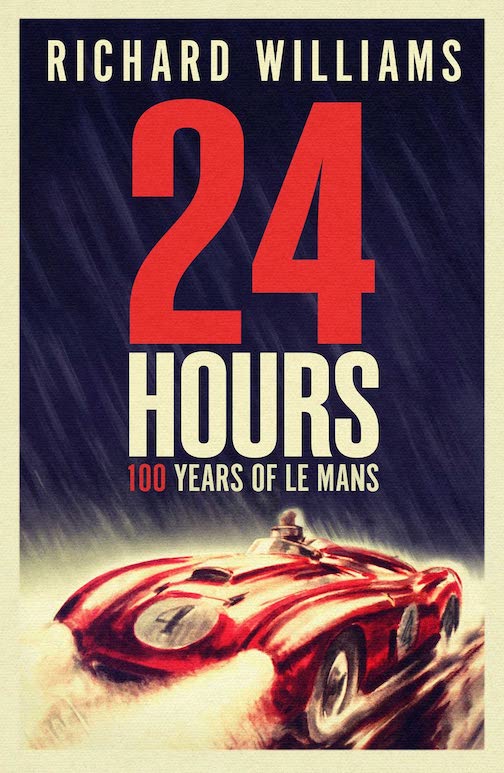

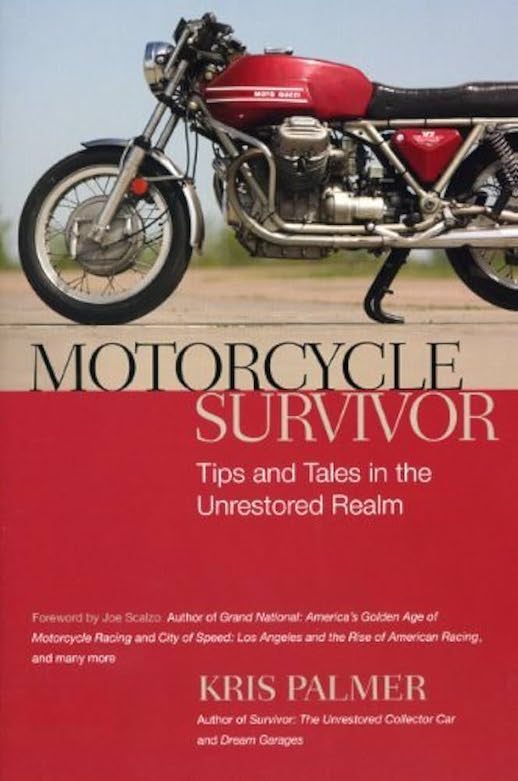




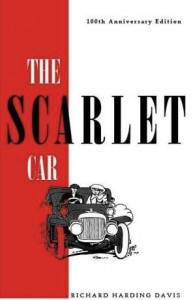





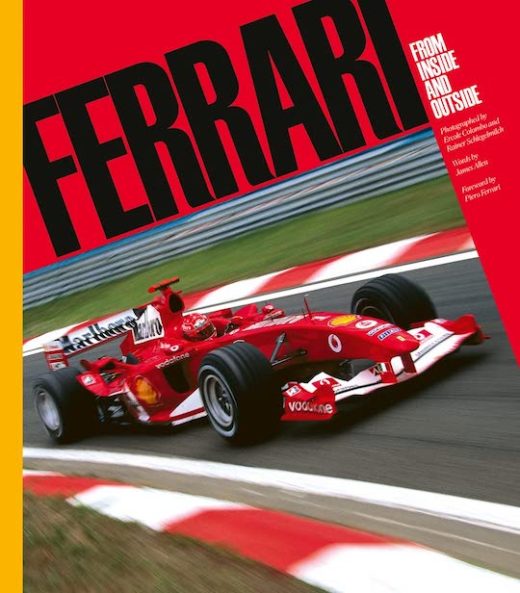


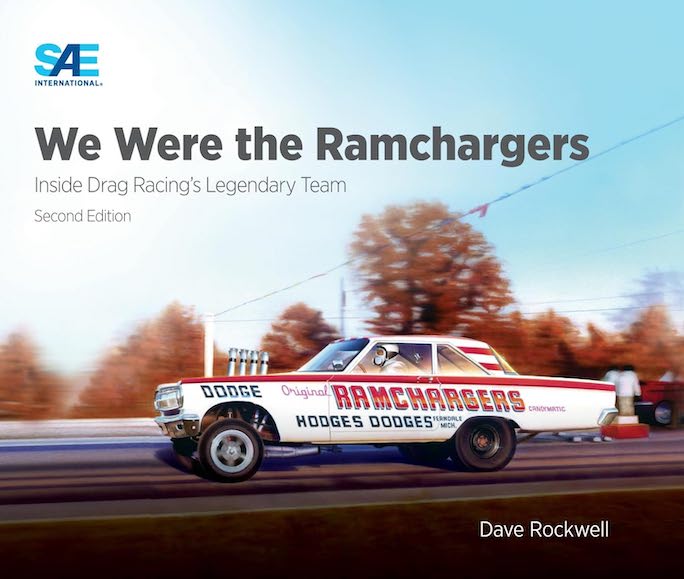





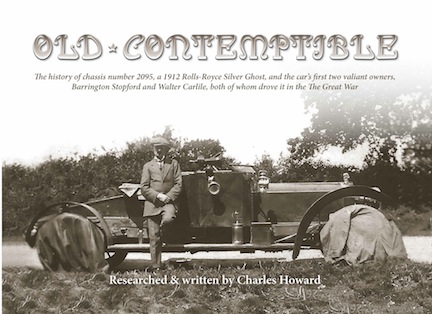




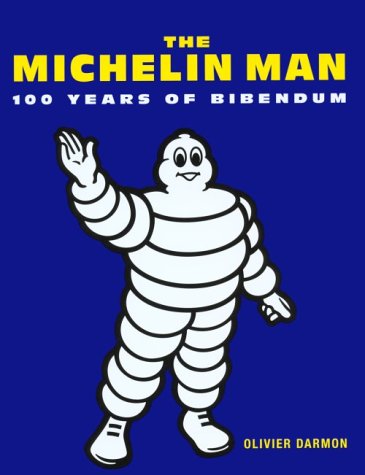
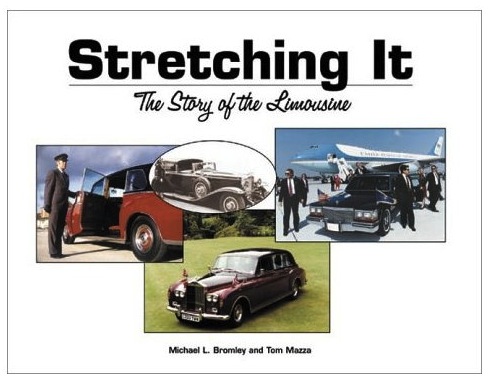


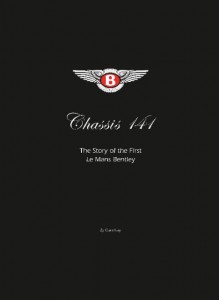
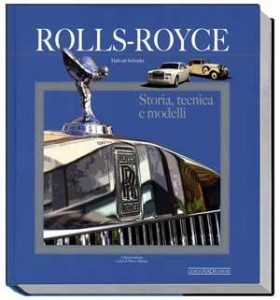

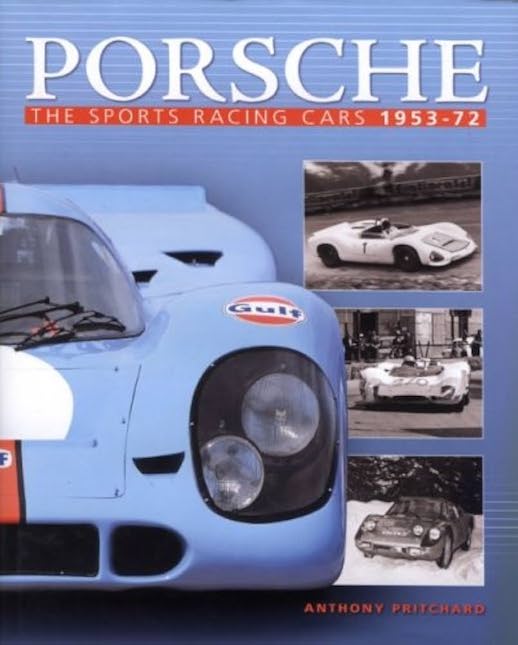
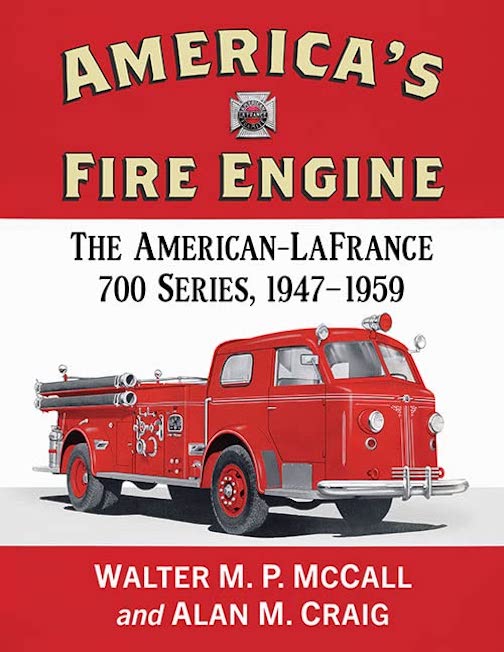



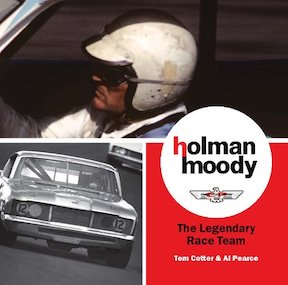
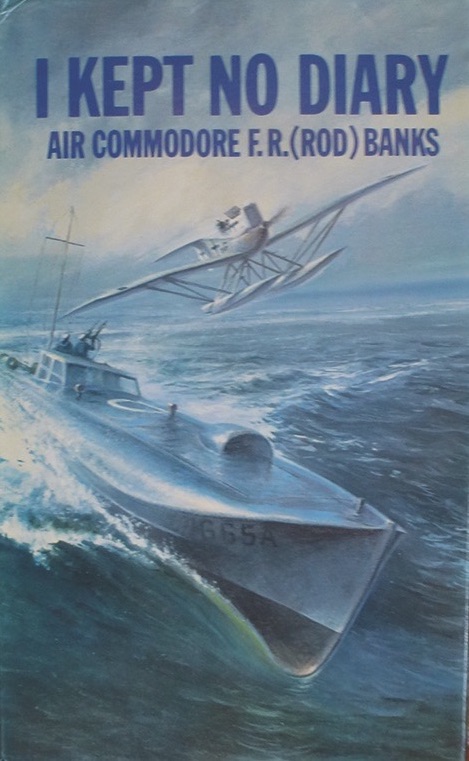


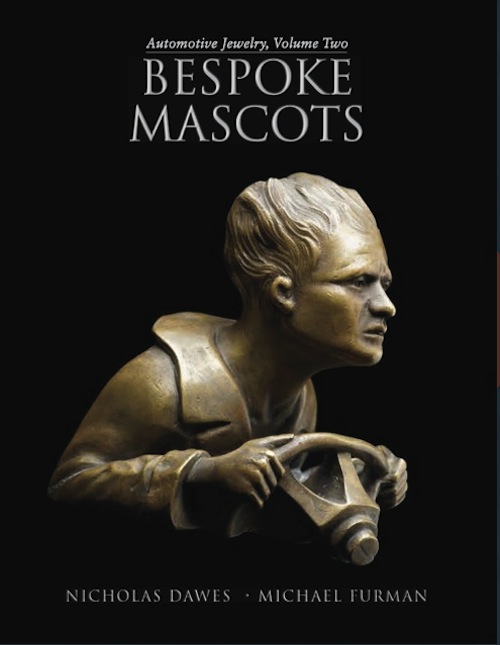

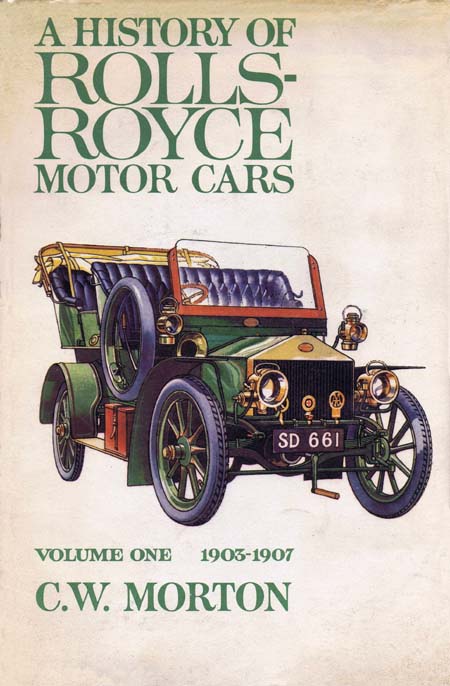





 Phone / Mail / Email
Phone / Mail / Email RSS Feed
RSS Feed Facebook
Facebook Twitter
Twitter